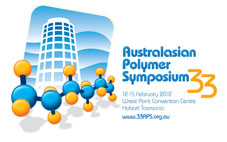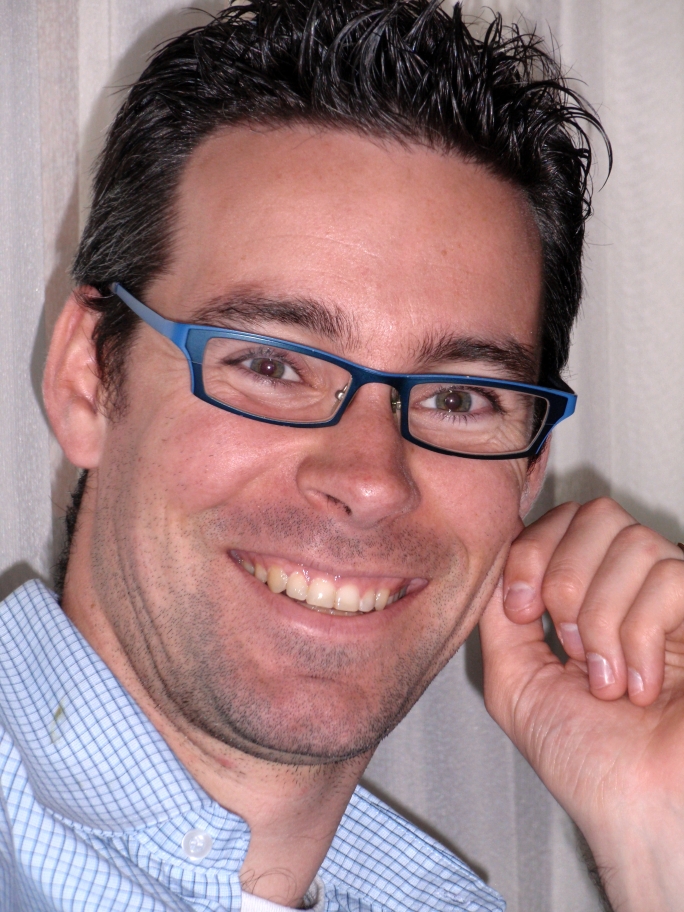Patrick Stayton currently serves as the Washington Research Foundation Professor in the Department of Bioengineering at the University of Washington. He received his B.S. in Biology (summa cum laude) from Illinois State University in 1984, his Ph.D. in Biochemistry from the University of Illinois in 1989, and was a Postdoctoral Research Associate at the Beckman Institute for Advanced Science and Technology, also at the University of Illinois.
Dr. Stayton’s eclectic research group works at the interface of fundamental molecular science and applied molecular bioengineering. His laboratory has fundamental projects aimed at elucidating the basic principles underlying biomolecular recognition, and connected projects applying these principles to medical applications in the drug delivery, point-of-care diagnostics, and regenerative medicine fields. He has published over 200 scientific papers. Dr. Stayton has a strong interest in translating the group’s research, has been awarded several patents, and is a co-founder of the startup companies PhaseRx Inc. based on his group’s drug delivery work, and Nexgenia based on their diagnostic work.
Dr. Stayton has been elected as a Fellow of the American Institute for Medical and Biological Engineering, and has been the recipient of the Clemson Award from the Society For Biomaterials and the CRS-Cygnus Recognition Award from the Controlled Release Society. He served as Co-Chair of the Gordon Conference on Drug Carriers in Medicine and Biology in 2010. He has also been awarded the 2009 Faculty Research Innovation Award, UW College of Engineering, a Distinguished Teacher and Mentor Award from the Department of Bioengineering, and an Honorary Award from the College of Engineering’s Minority Science and Engineering Program.
Please follow the link for further information on Patrick’s research group and his recent paper in Polymer Chemistry.
What was your inspiration in becoming a chemist?
I was always in love with the intersection of biology, chemistry, and physics and found that if you could make macromolecules and engineer their structure and function that you could open up lots of interesting science problems that were connected to translational medical opportunities too. I guess I always find my creativity stimulated by these science discipline intersections, the science and technology intersections, the academic and industry intersections, and of course the underlying people intersections of different backgrounds that I find so energizing. I love how macromolecules and (bio)polymers look, how they work thermodynamically and dynamically, and trying to engineer new ones that have interesting activities.
What was the motivation behind the research in your recent Polymer Chemistry paper?
We are very enthused about the idea that polymers might be designed and constructed to have bioactivities connected to delivering biologic drugs to intracellular targets. This led us to the idea that polymers having pH-dependent, membrane-destabilizing activities might alter the intracellular trafficking of protein antigens in such a way as to promote more cytosolic delivery and entry into the immune pathway connected to cytotoxic T-lymphocyte activation. It is particularly important that the polymer chemistry field has come up with so many new ways to make more defined and biofunctionalized polymers and I think we are inspired to see work from around the world that has so many biomedical ramifications. We tried in this paper to move toward a more defined diblock polymer design to control the architecture of the bioactive portion of the carrier and separate it from the segment containing the vaccine antigen. We think this will move it to a more realistic and defined polymer-protein vaccine species that could be moved preclinically. However, it must be noted that the activity while good is not yet ideal and there are lots of important challenges and opportunities to do better designs and more active compositions, and of course understand how this intersects with the complex immunology.
Why did you choose Polymer Chemistry to publish your work?
I’ve been very impressed by the startup quality of the papers in the journal, but not so surprised given the high quality of the editors and journal staff, and we were excited to be part of the special issue on polymer bioconjugates. We will definitely be submitting again.
In which upcoming conferences may our readers meet you?
I should be at the Controlled Release Society annual meeting and the ACS national meeting in the next couple months.
How do you spend your spare time?
I play with my best pal and friend, my 8 year old son, whom I’m glad to say shows all the signs of being a scientist too someday, and then I love to ride bikes and will be up early every morning watching the Tour de France this month– I’ve gone a couple times to watch and ride my bike up some of those mountain passes on the same day as the race, it is an incredible atmosphere and wow are they steep and long, you deserve all the french food and wine after those days….
Which profession would you choose if you were not a scientist?
I think I would be a starving artist and writer but the great thing about science is you can still do that on the side and not be quite so starving.


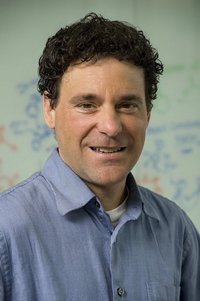









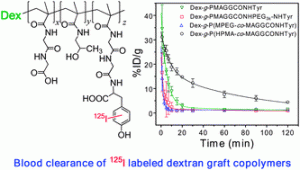
 Christophe Detrembleur was born in Verviers (Belgium) in 1974 and he studied chemistry at the University of Liège (Belgium). In March 2001, he obtained his PhD under the supervision of Prof. Robert Jérôme at the Center for Education and Research on Macromolecules (CERM), University of Liège, Belgium. His major research topic was the search for new regulators for the controlled radical polymerisation of (meth)acrylic monomers. In parallel, he also contributed to the development of new functional aliphatic polyesters. He was an invited researcher at IBM, Almaden Research Center, California (USA) under the supervision of Dr. J. Hedrick for three months in 1998. In May 2001, he joined the Research Center of Bayer AG in Leverkusen (Germany), where he worked on materials synthesis and polymer processing. In January 2003, he moved to the polyurethane research division at Bayer, where he was involved in the development of new high performance UV coatings. In October 2003, he was awarded a permanent Research Associate position at CERM under the auspices of the National Fund for Scientific Research (F.R.S.-FNRS). In October 2008, he was promoted Senior Research Associate by the F.R.S.-FNRS and heads a research team at CERM. His main research projects are in the field of new controlled radical polymerisation techniques, preparation of new polymeric materials by these techniques, and contribution of macromolecular engineering to nanotechnology.
Christophe Detrembleur was born in Verviers (Belgium) in 1974 and he studied chemistry at the University of Liège (Belgium). In March 2001, he obtained his PhD under the supervision of Prof. Robert Jérôme at the Center for Education and Research on Macromolecules (CERM), University of Liège, Belgium. His major research topic was the search for new regulators for the controlled radical polymerisation of (meth)acrylic monomers. In parallel, he also contributed to the development of new functional aliphatic polyesters. He was an invited researcher at IBM, Almaden Research Center, California (USA) under the supervision of Dr. J. Hedrick for three months in 1998. In May 2001, he joined the Research Center of Bayer AG in Leverkusen (Germany), where he worked on materials synthesis and polymer processing. In January 2003, he moved to the polyurethane research division at Bayer, where he was involved in the development of new high performance UV coatings. In October 2003, he was awarded a permanent Research Associate position at CERM under the auspices of the National Fund for Scientific Research (F.R.S.-FNRS). In October 2008, he was promoted Senior Research Associate by the F.R.S.-FNRS and heads a research team at CERM. His main research projects are in the field of new controlled radical polymerisation techniques, preparation of new polymeric materials by these techniques, and contribution of macromolecular engineering to nanotechnology.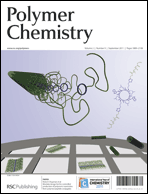

 Marc Hillmyer received his B.S. in Chemistry from the University of Florida in 1989 and his Ph.D. in Chemistry from the California Institute of Technology in 1994. After completing a postdoctoral research position in the University of Minnesota’s Department of Chemical Engineering and Materials Science he joined the Chemistry faculty at Minnesota in 1997. He is currently a Distinguished McKnight University Professor of chemistry and leads a research group focused on the synthesis and self-assembly of multifunctional polymers. In addition to his teaching and research responsibilities, Marc also serves as an Associate Editor for the ACS journal Macromolecules and is the director of the Center for Sustainable Polymers at the University of Minnesota.
Marc Hillmyer received his B.S. in Chemistry from the University of Florida in 1989 and his Ph.D. in Chemistry from the California Institute of Technology in 1994. After completing a postdoctoral research position in the University of Minnesota’s Department of Chemical Engineering and Materials Science he joined the Chemistry faculty at Minnesota in 1997. He is currently a Distinguished McKnight University Professor of chemistry and leads a research group focused on the synthesis and self-assembly of multifunctional polymers. In addition to his teaching and research responsibilities, Marc also serves as an Associate Editor for the ACS journal Macromolecules and is the director of the Center for Sustainable Polymers at the University of Minnesota.